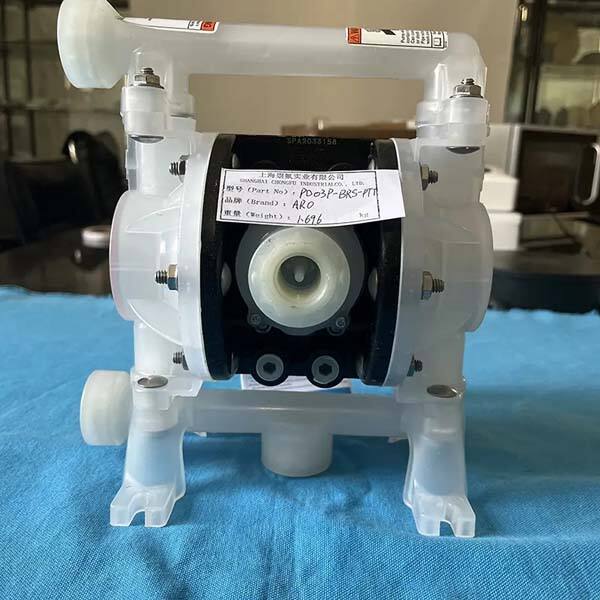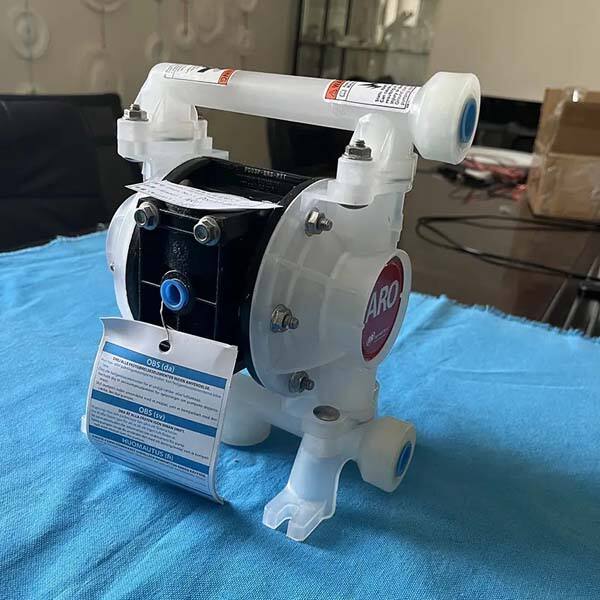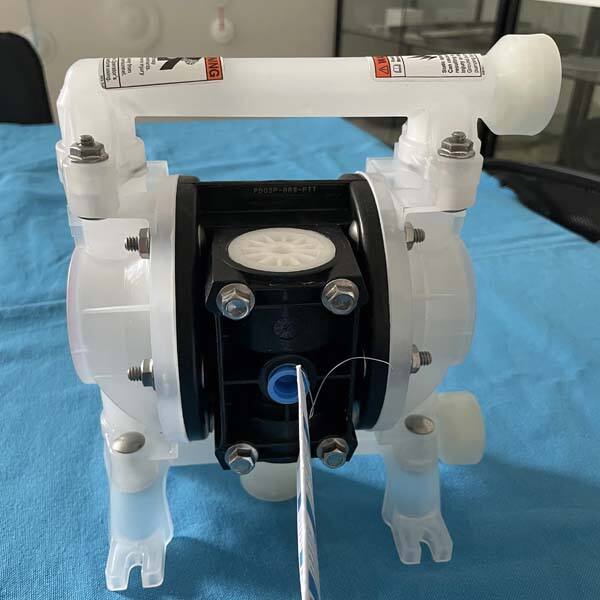Air operated diaphragm pumps are unique equipment that is utilized in various categories of work. They’re good for draining liquids from one place to another, although not as helpful in a drought. They are important because they make it easier to move liquids (you don't have to work so hard to get it out of the pump).
Air operated diaphragm (AOD) pumps use air pressure to move a diaphragm back and forth. The liquid is then pushed out by the diaphragm. The air pressure then pushing the diaphragm back creates suction, bringing the liquid into the pump. Then when air pressure forces the diaphragm the other way, this pushes liquid out of the pump and into a hose or pipe.
Air diaphragm pumps are used in an endless variety of applications. They are also commonly used in the chemical industry to pump and mix chemicals. They are also employed in locations that process wastewater to pump out sludge and other waste. You even see these pumps in the food and drink industry for transferring things like juice or syrup. They work in a wide range of settings, so they’re very handy.

Why use air operated diaphragm pumps? One is that they can process thick or coarse liquids other pumps would struggle to deal with. They’re also self-priming, which means that they can start pumping without having to be filled with liquid in advance. These pumps are also portable and relocatable, making them well-suited to various parts of a factory or plant.

Air operated diaphragm pumps, like just about any other machine, require a bit of maintenance to stay in top shape. This includes making sure it’s not leaking, cleaning the pump frequently, and replacing any part that appears worn or is damaged. If the pump isn’t running properly, there are several things to try, such as inspecting the air supply, looking for tears in the diaphragm and ensuring all connections are tight.

When selecting an air operated diaphragm pump price for a particular application, there are several aspects to consider, such as the type of liquid being pumped, how fast it needs to be pumped, and the pressure required. Different pumps do different things, and you’ll need to pick the right one for the job. And be sure to think about the pump’s size and power source to ensure it will work for what you need it for.